Hiking Mount Washington: How Long Does It Take and What to Expect
Introduction
Hiking Mount Washington is a bucket-list adventure for many outdoor enthusiasts. As the highest peak in the Northeastern United States, it offers a hard and rewarding experience. Known for its extreme weather and stunning views, Mount Washington is a destination that tests the skills and endurance of even the most experienced hikers. This article will explore how long it takes to hike Mount Washington, the factors affecting hiking time, the best trails to the summit, real-life experiences, safety considerations, the best time of year to hike, and tips to improve your hiking time.
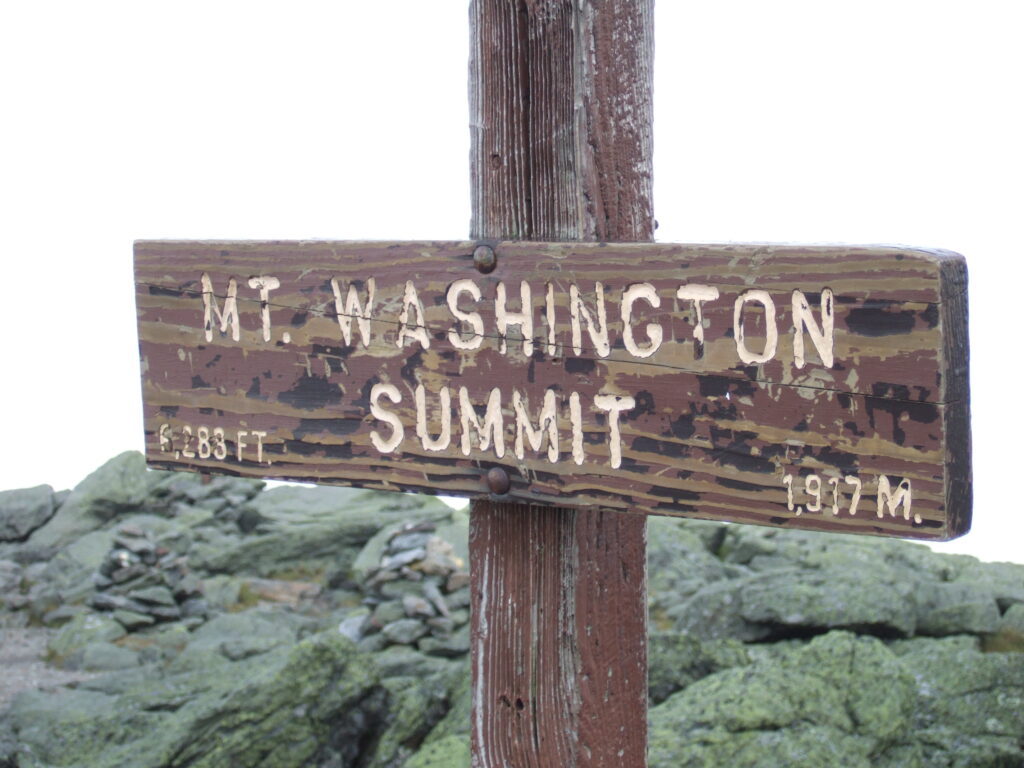
Understanding the Factors Affecting Hiking Time
Trail Difficulty and Length
Mount Washington offers several trails to the summit, each with varying levels of hardness and distance. The choice of trail significantly affects the time required to reach the top. Here’s an overview of the most popular routes:
- Tuckerman Ravine Trail: This is one of the most popular and hard trails. It spans 8.4 miles round trip, with a height gain of 4,280 feet. Hikers usually take between 6 to 8 hours to complete the round trip. The climb up generally takes 4 to 6 hours, while the going down takes 2 to 3 hours. The trailhead is located at the Pinkham Notch Visitor Center.
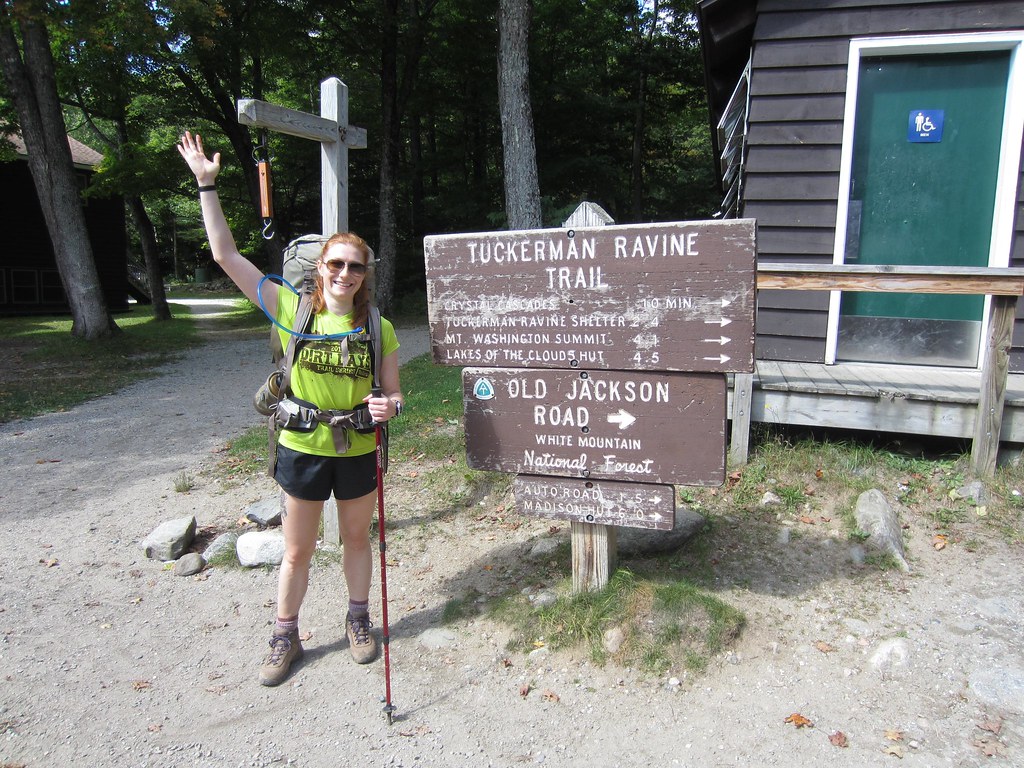
2.Lion's Head Trail: The Lion's Head Trail is another favored route, especially during winter. It covers 8 miles round trip, with a height gain of 4,250 feet. Hikers can expect to spend 6 to 7 hours on this trail. The climb up usually takes 4 to 5 hours, and the going down takes 2 to 3 hours. The trail offers a mix of wooded trails and open areas.
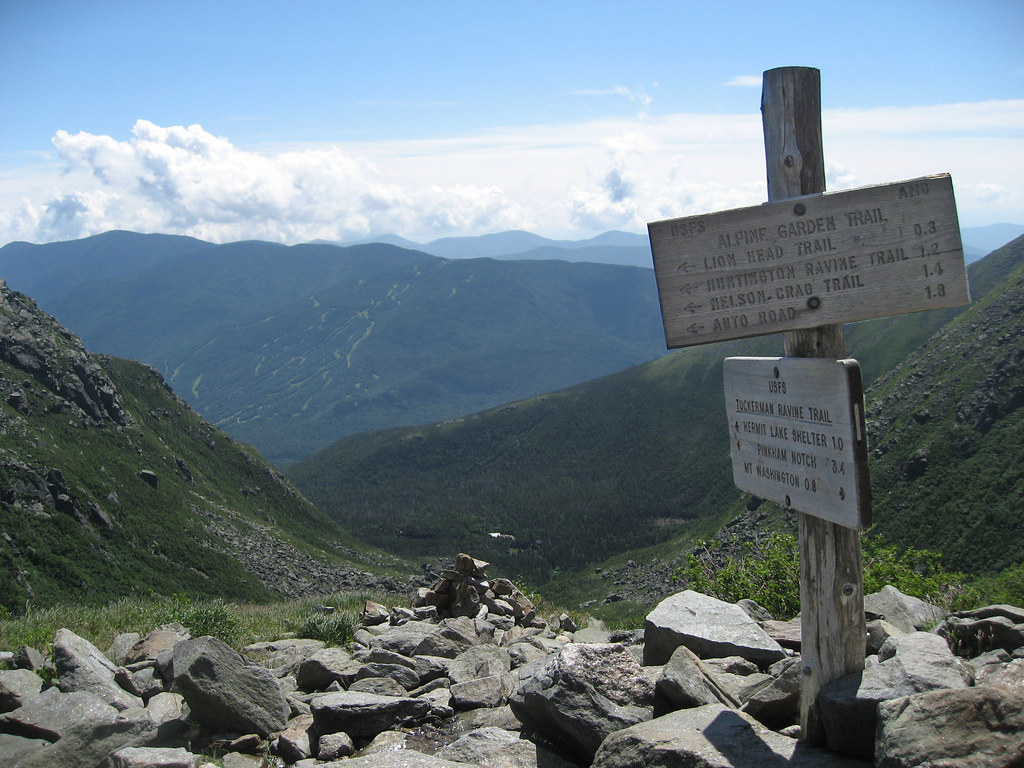
- Jewell Trail: For those seeking a more slow and steady climb, the Jewell Trail is a good option. It is 9.2 miles round trip, with a height gain of 3,800 feet. Hikers typically spend 7 to 9 hours on this trail. The climb up usually takes 4 to 6 hours, and the going down takes 3 to 4 hours. It starts at Base Station Road, near the Mount Washington Cog Railway
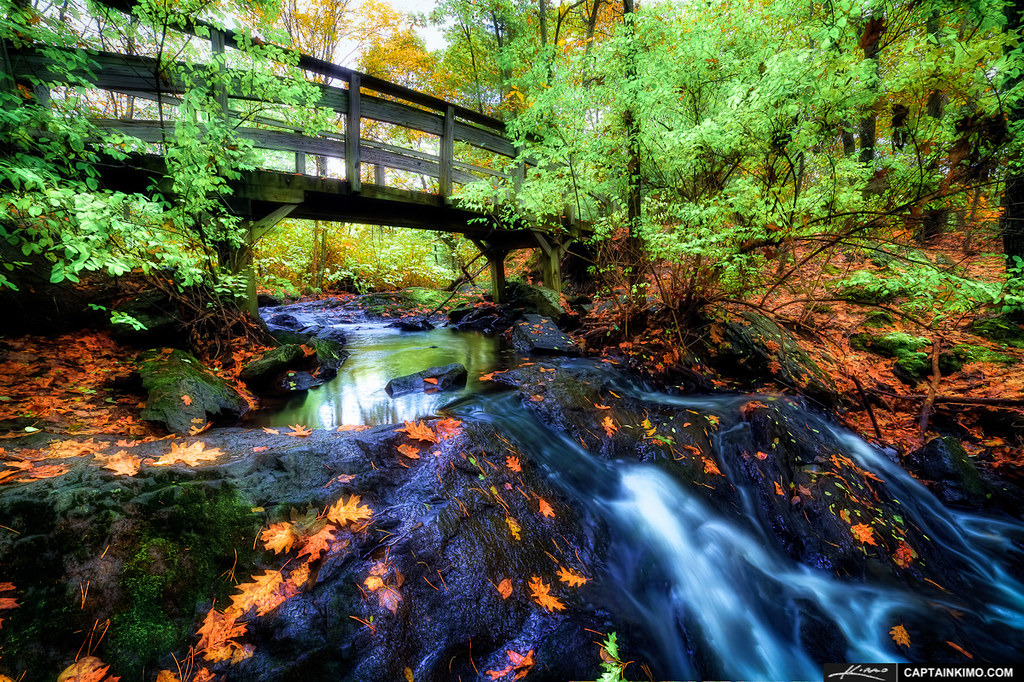
- Alternative Routes: Besides these popular trails, different routes like the Ammonoosuc Ravine Trail and Gulfside Trail offer unique experiences. These routes can take 7 to 10 hours to complete and offer different perspectives of the mountain.
Real-Life Experiences and Testimonials
Story 1: The First-Time Hiker
John, a first-time hiker, embarked on his journey to Mount Washington with a mixture of excitement and apprehension. Despite being physically prepared, he found the trail’s steepness and rocky terrain challenging. John’s advice for newcomers: “Take your time, pace yourself, and don’t be discouraged if the hike feels tough. The views and sense of accomplishment are worth it.”

Story 2: The Experienced Hiker
Emily, an experienced hiker, had tackled several mountains before her hike on Mount Washington. She was surprised by the rapid change in weather and the trail’s difficulty. Emily’s takeaway: “Mount Washington is uncertain. Always be prepared for sudden weather changes and carry essential gear.”
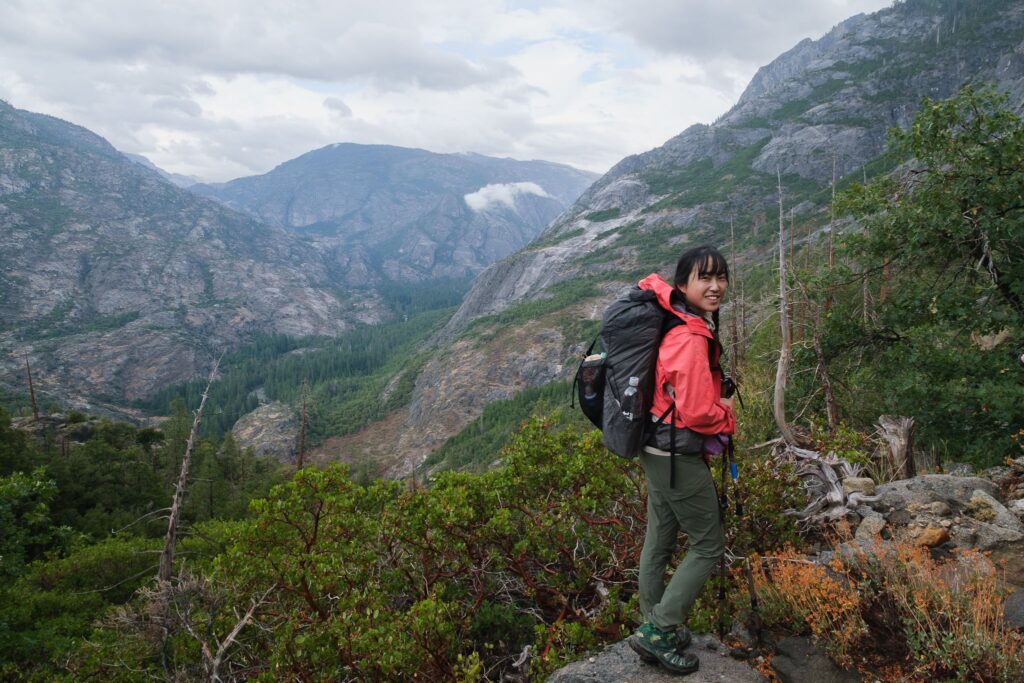
Story 3: The Group Hike
A group of friends decided to hike Mount Washington together. They faced challenges with their pace and communication but found the experience rewarding. Their advice: “Hiking as a group requires coordination and patience. Make sure everyone is comfortable with the pace and take breaks together.”
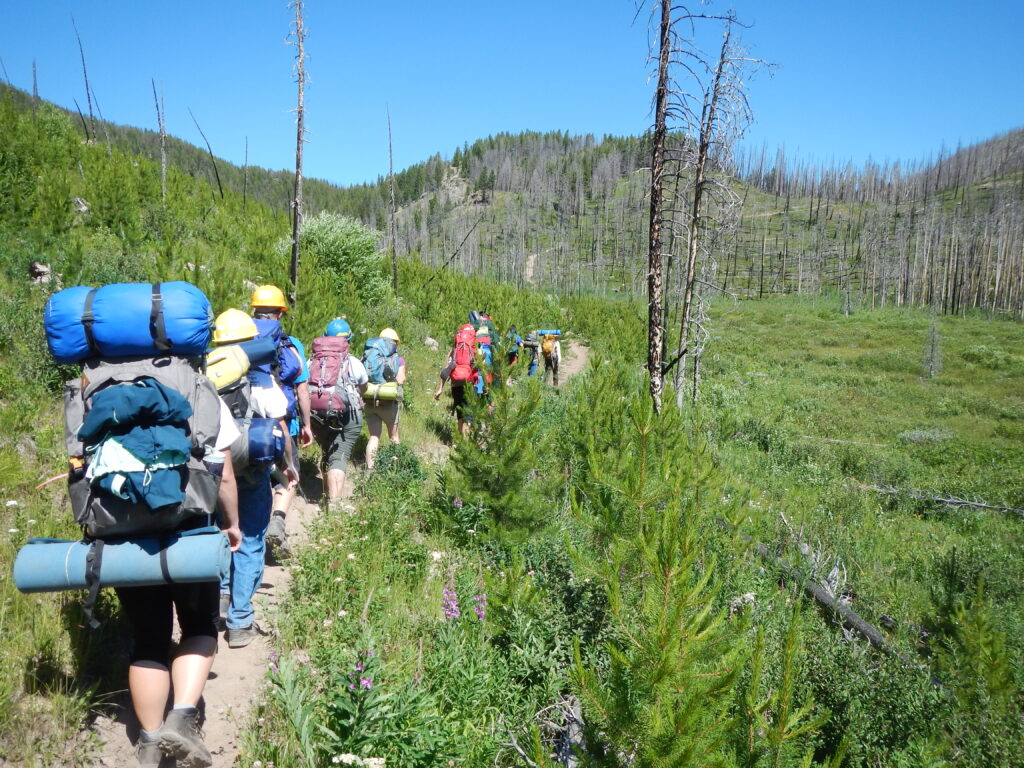
Safety Considerations and Preparation Tips
Weather Monitoring
Given Mount Washington’s extreme and uncertain weather, monitoring the weather forecast is crucial. Check conditions frequently and be prepared for sudden changes. The Mount Washington Observatory provides up-to-date weather information that can help in planning your hike.
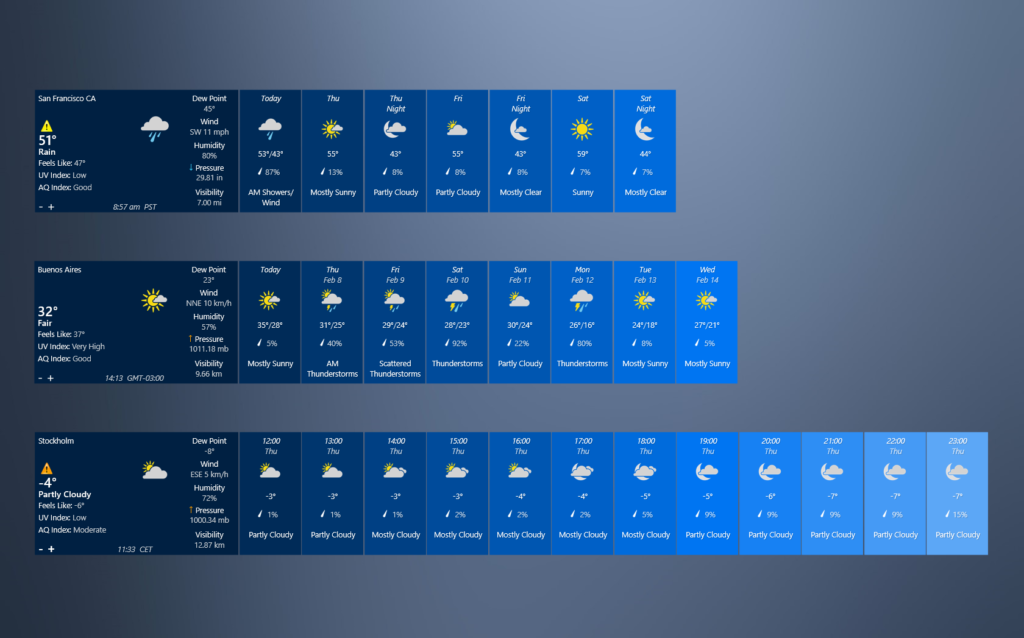
Essential Gear
Having the right gear is essential for a safe hike. Key items include sturdy, waterproof hiking boots, layered clothing to adjust to changing temperatures, a waterproof jacket, sufficient food and water, a basic medical kit, and direction tools like a map and compass.
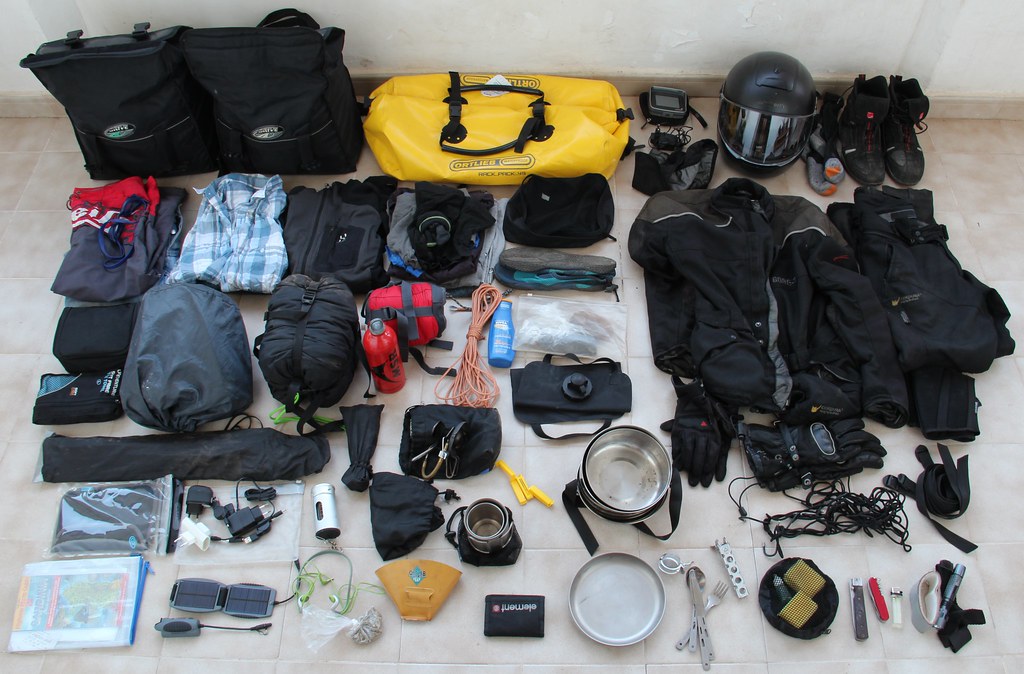
Navigational Tools
Though the trails on Mount Washington are generally well-marked, having a map and compass is important. A GPS device can be a useful backup. Ensure that you are familiar with using these tools before heading out.
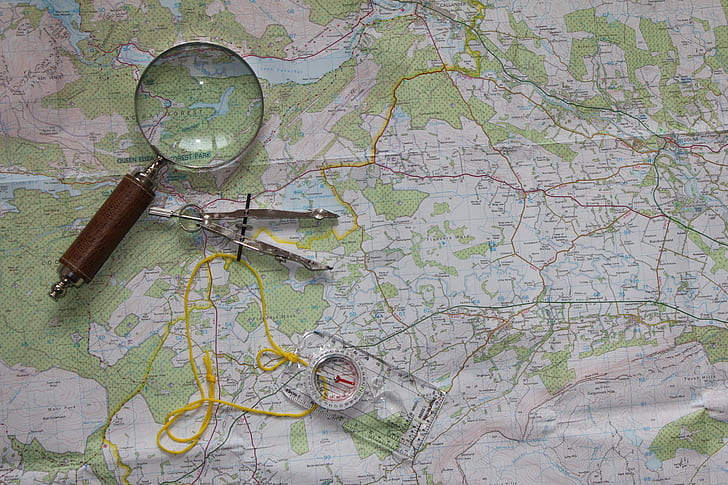
Emergency Preparedness
Being prepared for emergencies is crucial. Carry a loud noise maker, a lightweight blanket, and a basic medical kit. Let someone know your hiking plans and estimated return time. If you encounter problems, don’t hesitate to turn back or seek help.
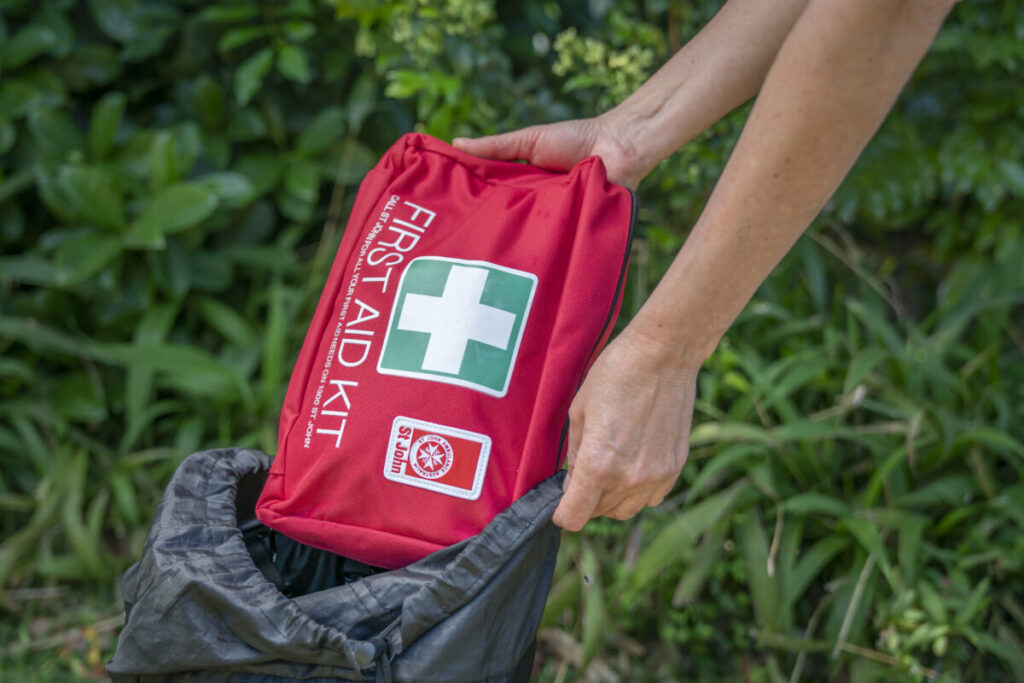
Best Time of Year to Hike Mount Washington
Summer Hikes
Summer is the most popular time to hike Mount Washington. The weather is relatively stable, though it can still be unpredictable. This season attracts many hikers, so starting early in the day can help avoid the crowds and the heat.
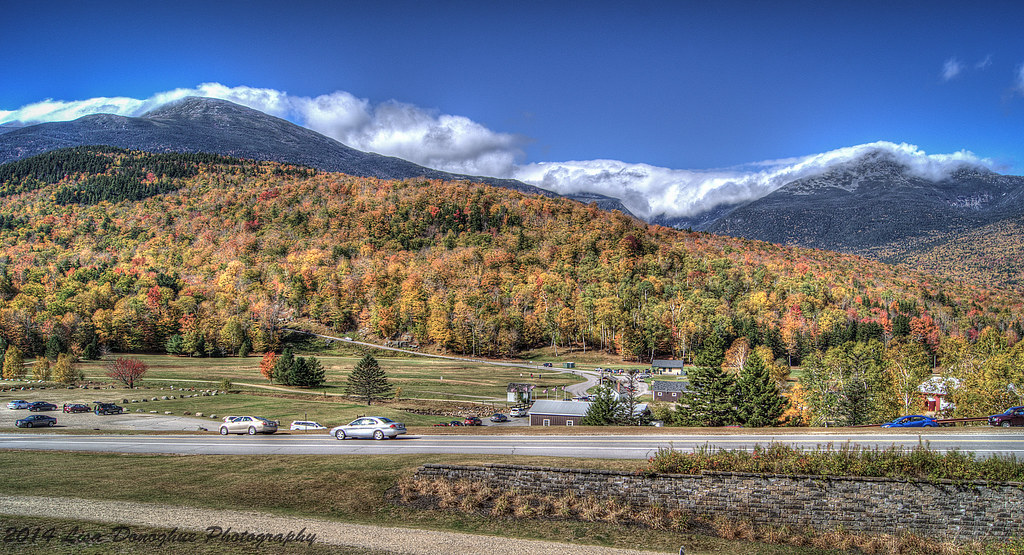
Winter Hikes
Winter hikes on Mount Washington are for the most experienced hikers due to the harsh conditions. Snow and ice can make the trails extremely challenging, requiring specialized gear like spiky shoes, snowshoes, and a special climbing tool. The views in winter are spectacular, but safety is paramount.
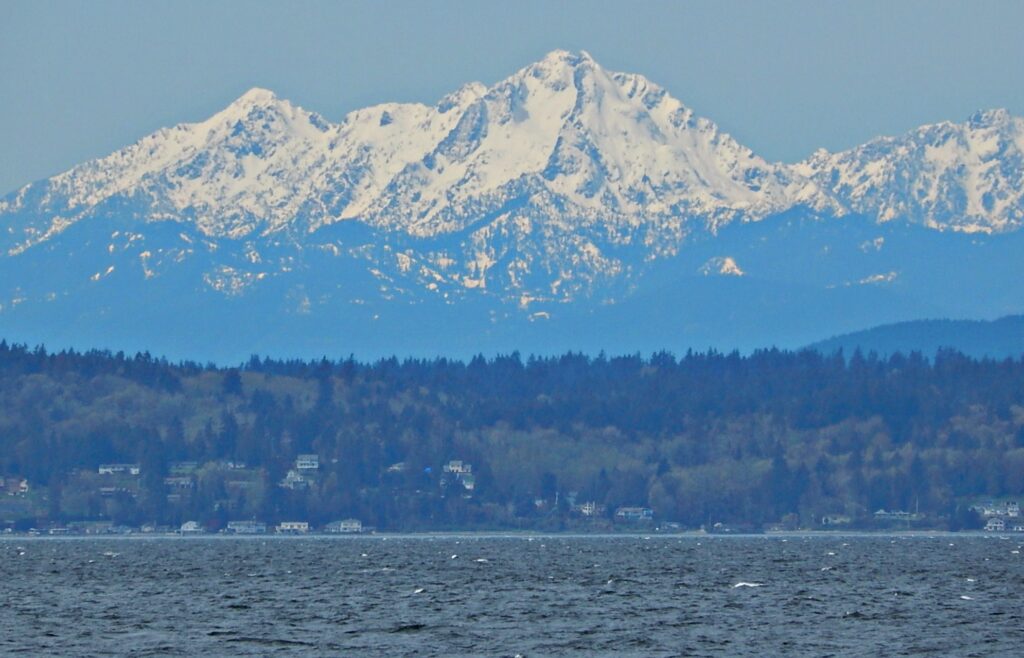
Fall and Spring Considerations
Fall offers cooler temperatures and beautiful leaves and plants, while spring can have lingering snow and ice. Both seasons can be less crowded but more unpredictable. Be prepared for varying conditions and pack accordingly.
How to Improve Your Hiking Time
Training and Conditioning
Building stamina and strength through regular hiking, running, and strength training is crucial for improving your hiking time. Incorporate varied workouts to prepare for different aspects of the hike, such as climbing and navigating rough terrain.
Pacing and Hydration
Maintain a steady pace that suits your fitness level and take regular breaks. Hydrate and eat properly to keep your energy levels up. Carry high-energy snacks and ensure you have enough water for the entire hike.
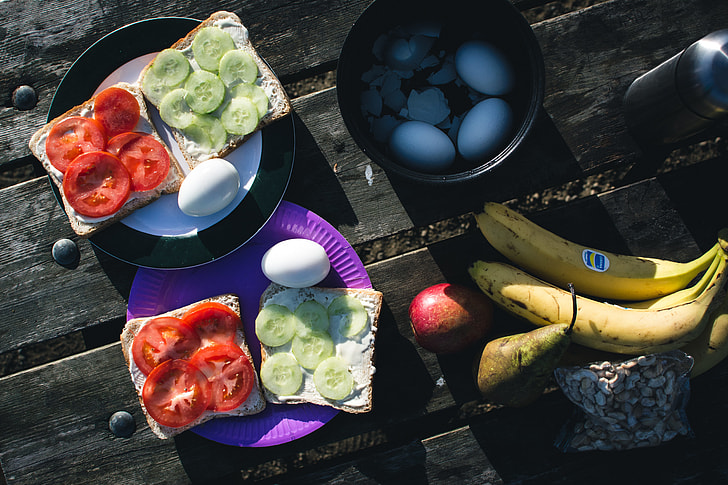
Using Hiking Poles
Hiking poles can help with stability and reduce strain on your knees, especially during steep descents. They also provide extra balance on uneven terrain.

Conclusion
Hiking Mount Washington is an extraordinary adventure that demands preparation, endurance, and respect for nature. Understanding the factors affecting hiking time, choosing the right trail, and preparing adequately can make your experience more enjoyable and safer. Whether you’re tackling the Tuckerman Ravine Trail, Lion's Head Trail, or another route, the key is to be prepared for any challenge that comes your way. With the right preparation, you’ll be able to enjoy the breathtaking views and sense of achievement that comes with reaching the summit of Mount Washington.
Hello! I’m,Ratndip a dedicated trekking enthusiast with a deep love for exploring the world’s most captivating trails. With over 2 years of trekking experience, I’ve had the privilege of hiking through stunning landscapes, from the majestic Himalayas to the lush Amazon rainforest. My journey into trekking started as a personal quest for adventure and has evolved into a lifelong passion for discovering new terrains and connecting with nature.